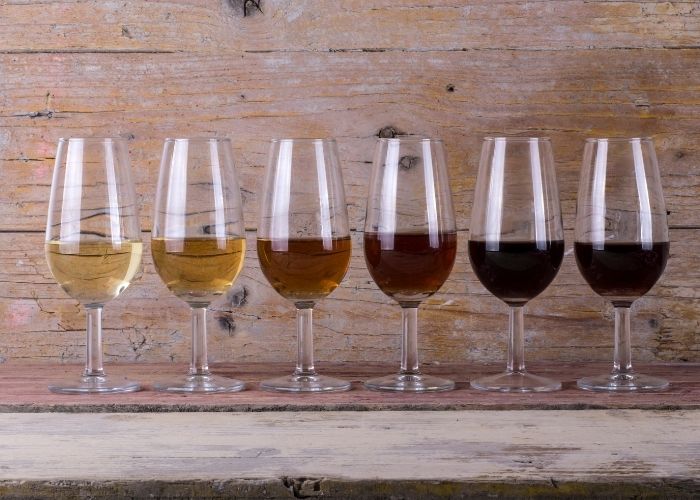JEREZ – Sherry (Spanish: Jerez) is not just Sherry! It is a fortified Spanish wine that has undergone a special aging process and is one of liqueur wines. The white grapes are grown near the town of Jerez de la Frontera. Therefore, authentic Sherry is particular to this area only.
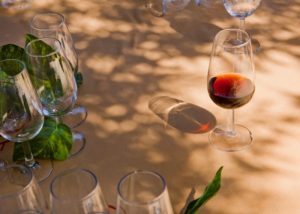
The variants range from light to dark, from dry to sweet. In general, the drier, the darker, the sweeter, the better. In view of the large, different varieties and styles, there is a sherry for every occasion. Sherry is a great wine to accompany food and can be served with a wide range of dishes. It can even help to enhance and enrich the taste of many meals.
The Castilian name for Jerez
It is the wine of Andalucia that became world-famous by English trading houses in the 18th and 19th centuries There are many stories of its history, including how it was named. According to the English, the name “Sherry” is the anglicised name for Jerez. However, the Castilian name came from the Arabic name “Sherish”. This is how the town was known during the Muslim occupation of Iberia and during the Moorish period. Under Moorish rule, the then Roman town of ‘Ceret’ was renamed to Sherish which later evolved to Jerez de la Frontera when it became the frontier.
The Sherry triangle of Jerez
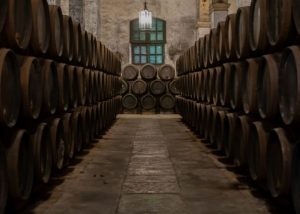
All Sherry wines must be aged a minimum of two years in cask before it can be sold within the Sherry triangle. The Sherry triangle consists of the only three towns where Sherry can be aged in the whole world. These three towns, centred on the southwestern coast are Jerez de la Frontera, Sanlucar de Barrameda and Puerto de Santa Maria.
How is Sherry made?
Sherry goes through a traditional and very special sequence before it is available for purchase. The albariza soil in the area is perfect for capturing the limited rain fall. Also, only three grape varieties are used for Sherry production:
Palomino
Sherry is mostly made using grapes from the Palomino Fino variety. They account for around 95% of all Sherry production.
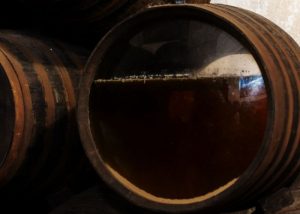
When the wine is developing, it creates a creamy, protective layer of yeast on top. This is called flor. Sometimes the wine maker will keep the flor, or he may decide to remove it. Both alternatives, give different options for other styles of Sherry.
When the flor is kept, this goes on to produce the “fino” and “manzanilla” Sherries. These both tend to be pale in colour and refreshing, but also very, very dry. The fermentation gives dry white wine with an alcohol content of 11-13%.
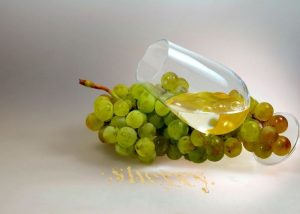
The dry manzanilla Sherry is only made in the town of Sanlucar de Barrameda. It is perfect for enjoying with different tapas as it helps to clean the palate, allowing you to enjoy the variety of flavours from the tapas.
However, if the flor is removed, this means that more air is allowed in and the alcohol content increases. The depth of taste, smell and colour of the sherry also changes, and they become much darker. With the removal of the flor, the “amontillado” and “oloroso” Sherries are produced. This young wine is fortified with an alcohol content of 14.5-15.5%.
Pedro Ximenez
Pedro Ximenez grapes undergo a traditional process known as “sunning”. This is when they turn into raisins. Musts are then obtained after pressing. Also, they have an extraordinarily high degree of colouring and concentration of sugars. Therefore, they produce naturally sweet sherries.
Moscatel
Like the Pedro Ximenez grapes, moscatel grapes are also used to make sweet Sherries. The musts are so
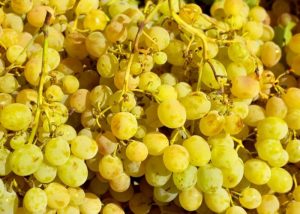
thick and sugary they can hardly ferment.
The sweet Sherries can also be used for blended, or cream sherries by adding dry Palomino based sherries such as Oloroso.
The solera system
The ageing process always means up to a max of 40% is only ever taken from the bottom casks. This is where the oldest wines are. It is then filtered through and refilled by the casks above which are on different levels – each one called a criadera. The new Sherry is always added to the top layer of casks. There can be many different criaderas which all filter through from the top to the bottom at the solera. So, the Sherry is blended again at each stage as it moves down to the solera. Whenever some is removed to be filtered and bottled, the process begins again. This principle is one of the things that create the unique Sherry taste.
